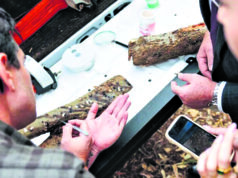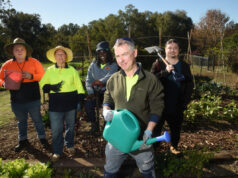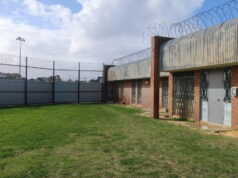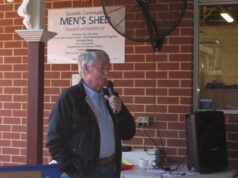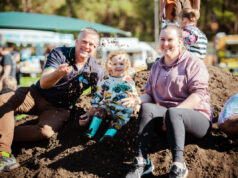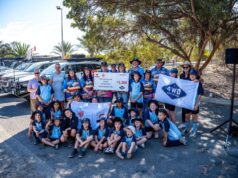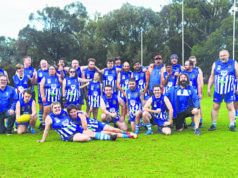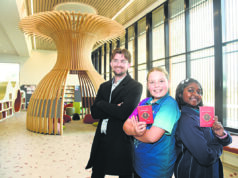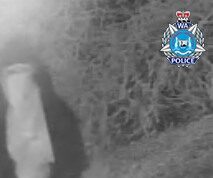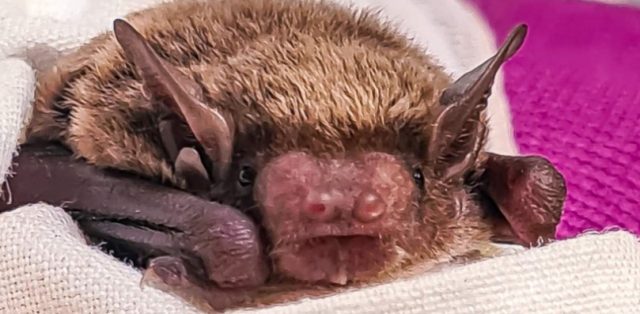
With the community’s support, the state’s microbat populations will be able to thrive for decades to come.
Western Australia has approximately 37 known native microbat species.
Only four of those species – White-striped Free-tailed Bats, Southern Forest Bats, Gould’s Wattled Bats, and Lesser Long-eared Bats – are prevalent in Perth.
During the day, they rely on old Eucalyptus trees and bat boxes for sleeping and hiding.
Across Perth, however, their numbers are declining due to habitat destruction, loss of native insects, fires, and pesticides.
Environmental groups, including the Darling Range Wildlife Shelter and Armadale Gosnells Landcare Group, are now encouraging people to build and install their own bat boxes.
The groups are also calling for residents to refrain from using insect sprays or sticky insect traps.
“Sadly, we are still seeing local degradation/clearing of bat habitat all around Perth,” DRWS Wildlife Liaison and Support Manager Yasmin Hunter said.
“By preserving habitat, reducing toxins/pesticides, and putting up bat boxes, we can all help our local bats thrive.
“In turn, we can allow these magnificent creatures continue their natural pest reduction activities by eating mosquitoes and midges.”
Visit ausbats.org.au/install-a-microbat-house/4582876246 to find out more about bat box construction.


